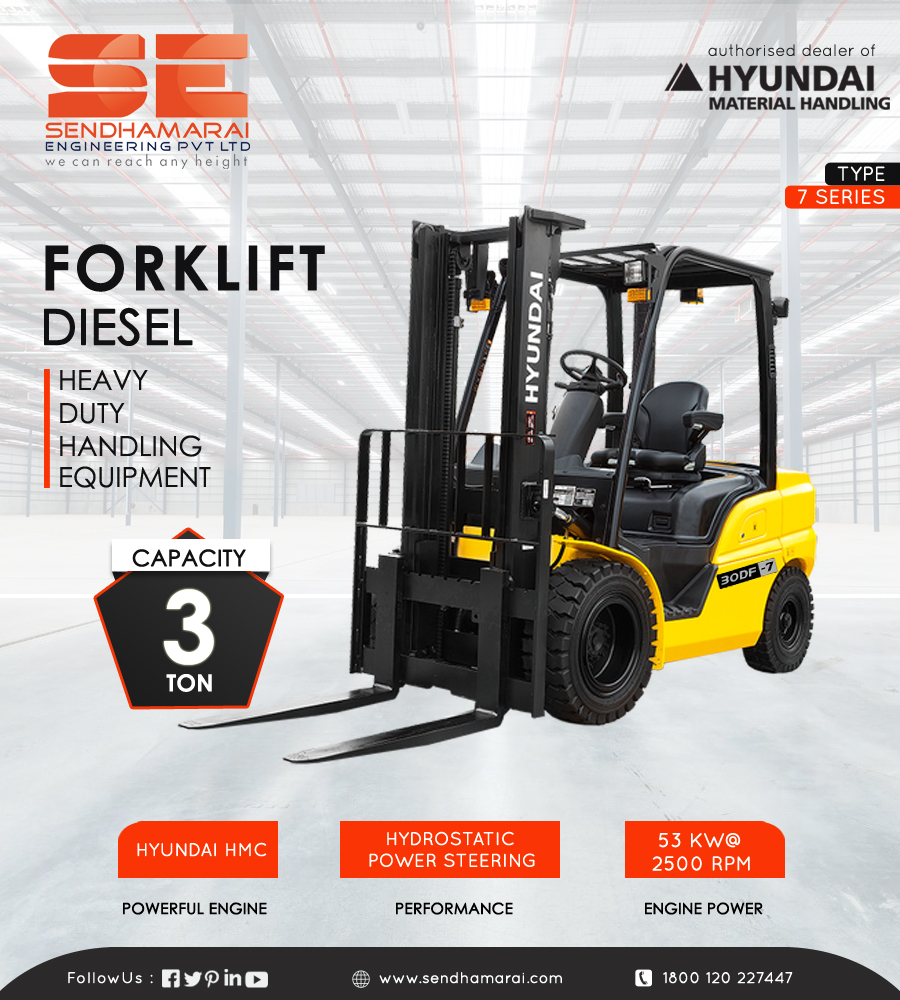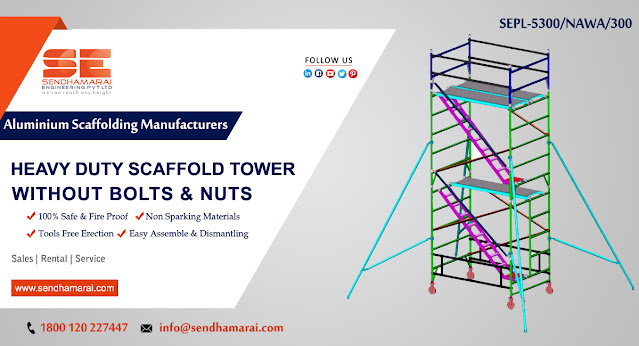A Forklift Is A Type Of Powered Industrial Truck Such As Heavy-Duty Diesel Forklift, Electric Forklift, Electric Stackers, Electric Pallet Trucks, Reach Trucks, Manual Hand Pallet Trucks
Forklift Rental Service
Forklift is a small industrial vehicle, having a power operated forked platform attached at the front that can be raised and lowered for insertion under a cargo to lift or move it. Forklifts serve the needs of various industries including warehouses and other large storage facilities.
Forklifts are powered by electric battery or LPG engines. Some Forklifts allow the operators to sit while driving and operating the machine while others require the operator to stand. It is being extensively used throughout the industry for transporting materials and goods.
Forklift consists of variety of components required to handle the task effectively. From Truck Frame, power source to counterweight are essential for the forklift to function efficiently.
Forklift - Truck Frame
Truck Frame is the most vital component which forms the base of the machine. All of the key components of the forklift including wheels, counterweight and mast are attached to the truck frame.
Forklift – Counter weight
The Counterweight is a cast iron weight attached to the rear part of the forklift. The aim of the counterweight is to counter balance the load that is being lifted. On Electric Forklift, Counterweight is fixed to the lead-acid battery.
Forklift - Power Source
The forklift’s power source consists of an internal combustion engine. The engine can be fueled by LPG, CNG, diesel and natural gas. Electric Forklifts derive power from fuel cells or Lead Acid Batteries.
Forklift - Mast
The Mast is a vertical part that lifts up and pushes down the loads. The Mast component consists of Joining Supports that offers horizontal control. Like Carriage, Mast may be equipped with rollers.
SendhamaraiEngineering are authorised dealer of Hyundai Forklift – material handling equipment & Forklift rental services in different locations in India. Our services in Chennai, Bangalore, Ahmedabad, pune, Hyderabad, anantapur, Delhi.
How a Forklift Works?
- A Pair Of Hydraulic Cylinders
- A Pair Of Roller Chain Pulleys
- Controls
Forklift Machine - Hydraulic Cylinders
The lift handle is attached to an electrical air pump at the base of the forklift. Once the handle is pressed, it triggers the air pump that draws the outside air through a filter and forces it into a tube reaching to the hydraulic cylinders.
A hydraulic cylinder comprise of a hollow tube closed at one end with a flexible lubricated piston fitting into the other. Air gets entrapped through the base of the cylinder that allows gasses to enter without leaking them out.
The volume of gas in the cylinder raises the pressure inside it. The pressure applied to the area of the piston head generates an upward force. This force causes the piston to move up, increasing the volume of the gas and minimizing the pressure. It creates physical equilibrium at the forklift height and an equivalent force from the Gas and the Forklift’s Load.
Forklift Machine - Roller Chain Pulley
The hydraulic pistons are attached to the two main vertical structures known as “masts”. Forks that are meant to carry the load are attached to the main body of the forklift by a pair of roller chain pulleys whose fulcrum forms a gear at the top of the mast.
Hence, when the hydraulic pistons push the masts in upward direction, the gears on the masts is pressed against the roller chains. It happens because the one side of the chain is fixed to the immovable frame of the forklift, and the only way by which masts can move upward is when gears rotate in clockwise direction and pull the forks overhead.
The significance of this mechanism is that it let the forks go far away from the reach of the cylinders. If it is not meant for roller chain pulleys then forklifts would require much taller cylinders to lift up the load to an equivalent height.
Forklift Machine - Steering Control
Forklifts use rear wheel steering. When you turn on the steering wheel, the wheel at the rear axle starts to turn back and forth. This is intentionally designed to allow operator to take greater degree of rotation and precision while handling a cargo.
Lifting Control
The Lifting Control comprises two levers: One for Lifting the Fork up & down and Other For Tilting the Load Back & Forth.
Lifting Control work same as lifting mechanism discussed above. The Tilting Mechanism is somewhat different. There are two pairs of additional hydraulic cylinders attached to the base of the masts.
Once the Tilt Handle is moved in forward direction, the air automatically fills up the chamber. The rise in pressure is enough to push the head of the piston and let the masts go away from the vehicle’s body.
Once the Tilt Handle is moved back, the air gently passes away from the cylinder and get pumped to other part of the mast-attached cylinders. When the pistons are pushed forward, the masts are pushed back to the vehicle.
For More details contact @ 1800 120 227447 | info@sendhamarai.com | www.sendhamarai.com



Comments
Post a Comment